Upper Limb Bones
upper limb bones
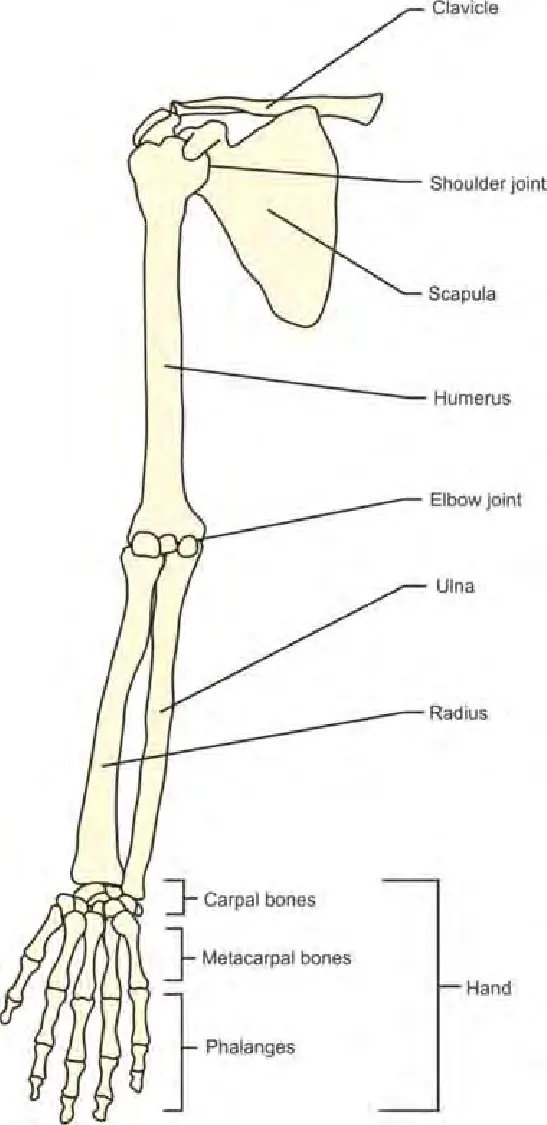
upper limb bones
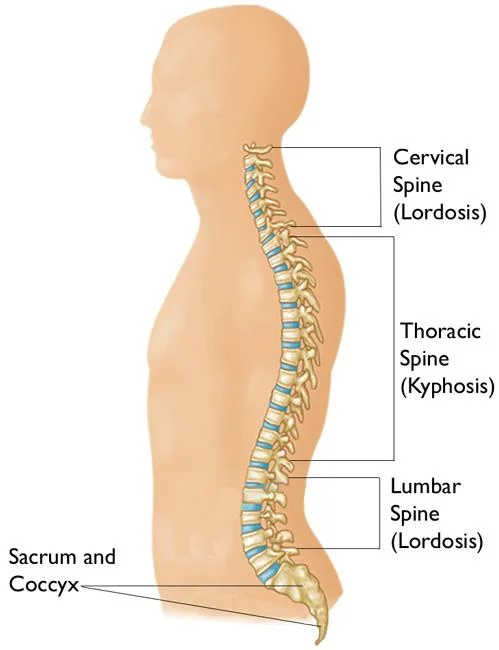
human spine
Introduction The skull is a bony structure that provides support to the face and creates a protective cavity for the brain. It contains many bones, which are created by intramembranous ossification, and connected by sutures (fibrous joints). The skull bones can be divided into two groups: The skull (which comprises the cranial roof and cranial…
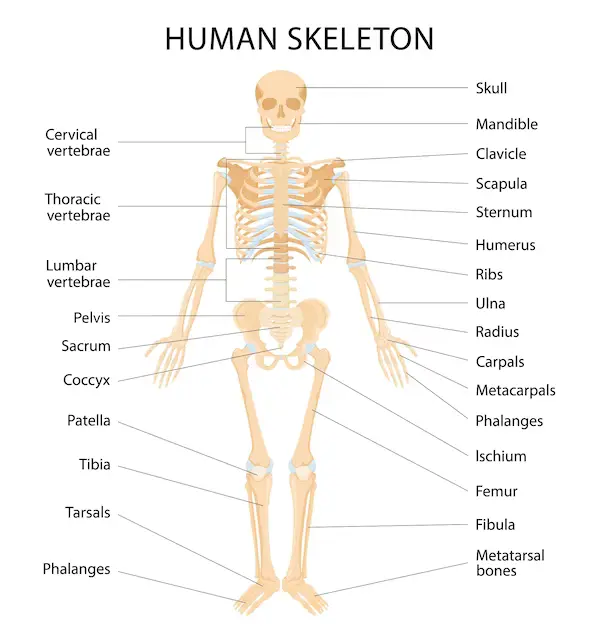
human skeleton
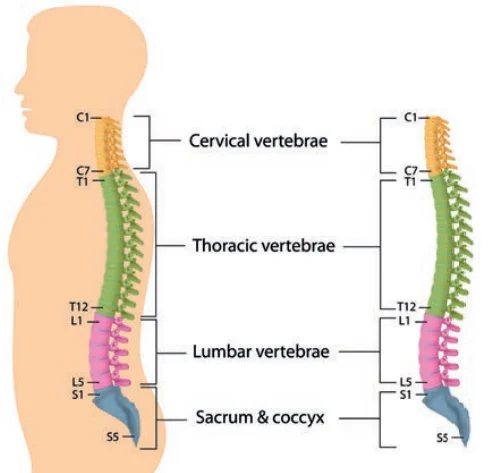
Introduction The vertebral column, also known as the spine or backbone, is a crucial structure that provides support and protection to the spinal cord while allowing for movement and flexibility. The vertebral section consists of roughly 33 vertebrae that are separated by intervertebral circles. Each of the five distinct regions of the column is distinguished…
Introduction The hard system of the thoracic pit is known as the ribs. All vertebrates are curved, narrow, and flat strips of bone. The rib cage is formed by attaching it dorsally to the vertebrae and ventrally to the breast bone (sternum). In the human body, the rib confine is a bin-like construction that is…

Introduction The sternum is the centrally located anterior portion of the chest wall and is a partially T-shaped vertical bone. There are three anatomical divisions in the sternum: the manubrium, body, and xiphoid process. The anterior rib cage’s costal cartilage connects the sternum to the ribs. The xiphoid process is the narrower distal segment that…
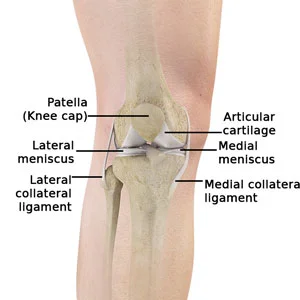
Introduction A triangular-shaped, flat bone at the front of the knee joint is the patella, also known as the kneecap. It serves as a point of attachment for the quadriceps muscle group, which is responsible for straightening the knee. The apex, one of several bony landmarks on the patella, is the pointed end of the…
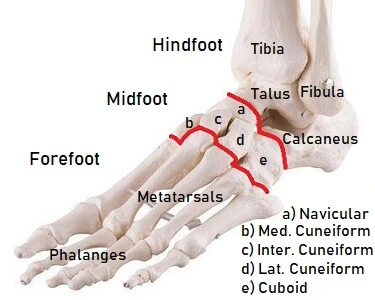
Introduction The foot is a complicated structure that includes more than 26 bones, 30 joints, various ligaments, tendons, and muscles liable for our capacity to stand upstanding, supporting the heaviness of the whole body and giving the base to the system for bipedal stride. The hind, middle, and forefoot of the foot are the divisions…
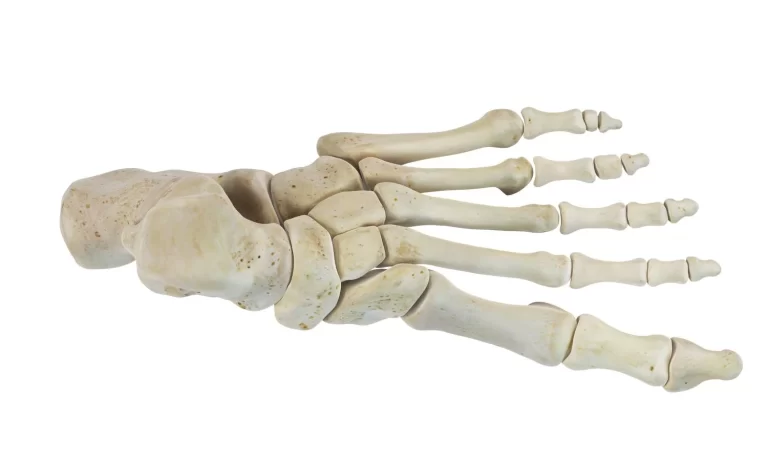
Introduction Tarsal bones are a group of seven small bones located in the ankle joint of the human body. They are responsible for supporting the weight of the body and facilitating movement. The tarsal bones include the talus, calcaneus, navicular, cuboid, and three cuneiform bones (medial, intermediate, and lateral). The talus bone is the highest…